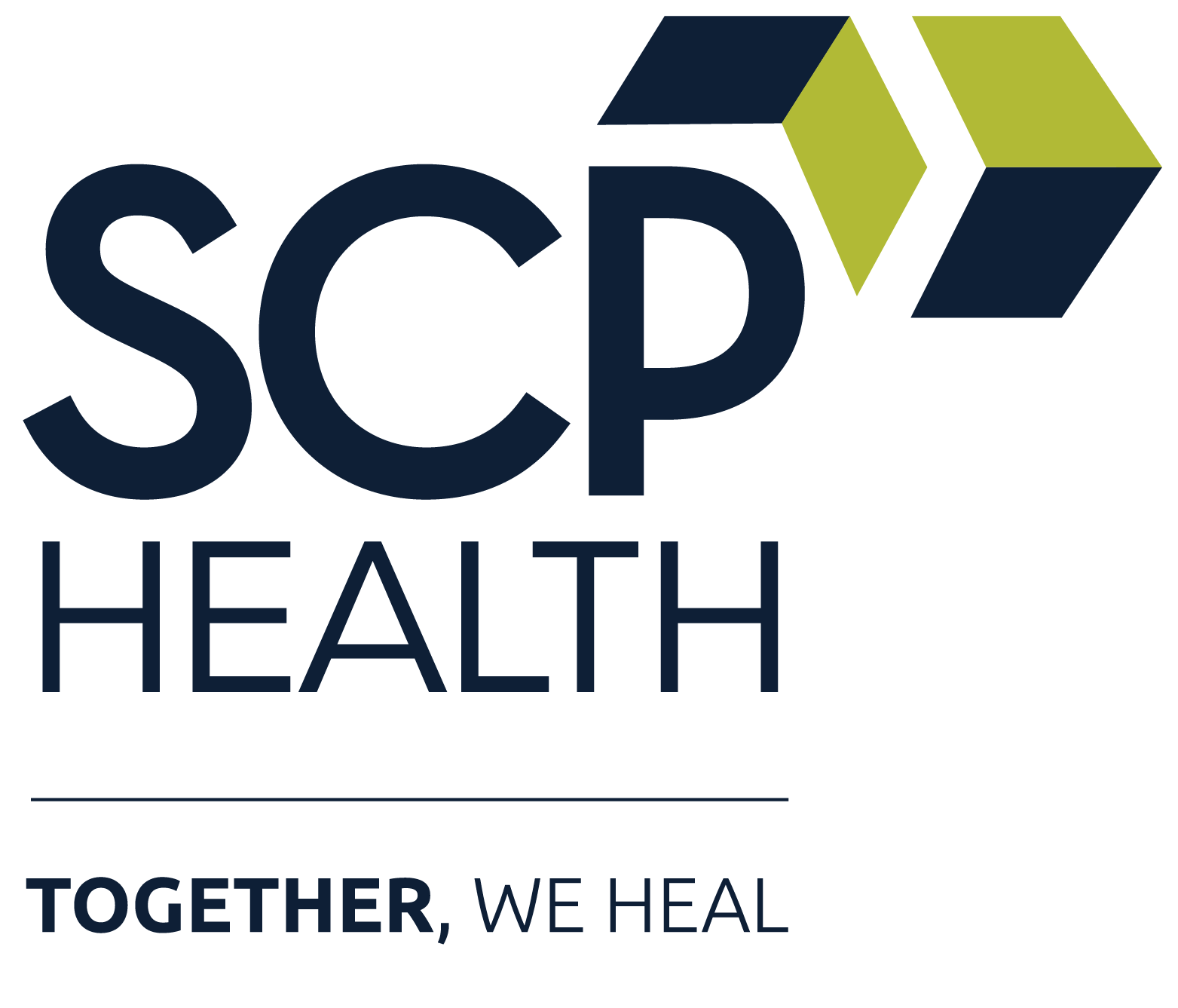When does a vendor relationship become a strategic partnership?
Most health care organizations manage multiple physician services relationships, but few achieve true strategic alignment that drives measurable outcomes and sustainable growth. The difference lies in moving beyond transactional vendor management to purposeful strategic partnership development.
Use this assessment to evaluate your current partnerships or potential new relationships. Rate each area from 1-5 (5 = excellent) to identify strengths and improvement opportunities.
Strategic partnership scorecard
Mission and values alignment (20 points possible)
True strategic partners understand your unique organizational culture, values, and mission and demonstrate how their services advance your specific goals rather than offering generic solutions.
Rate each area 1-5:
______/5
Partner demonstrates understanding of our organizational mission and values
They can articulate what makes your organization unique and how their approach aligns with your culture and community needs.
______/5
Solutions are tailored to our specific needs and challenges
Proposals and service delivery are customized rather than one-size-fits-all approaches used across all their clients.
______/5
Clear alignment between their services and our strategic goals
They can connect their daily operations to your broader organizational objectives and desired outcomes.
______/5
Cultural fit with our organization and community
Their team integrates well with your staff, shares organizational values, and understands the local market, patient population, and practice environment.
Mission alignment subtotal: ______/20
Operational excellence (20 points possible)
Strategic partners bring scalable infrastructure and proven processes that can grow with your needs while maintaining quality and efficiency.
Rate each area 1-5:
______/5
Scalable infrastructure that grows with your needs
Ability to expand or adjust services without disrupting workflows, with technology and processes designed for multi-site management.
______/5
Robust technology platforms and data analytics capabilities and reporting
Modern systems that provide real-time insights, predictive analytics, and seamless integration with your existing infrastructure.
______/5
Efficient processes for credentialing, scheduling, and compliance
Streamlined operations that reduce administrative burden while maintaining quality and regulatory compliance.
______/5
Quality metrics and transparent performance monitoring systems
Comprehensive tracking of clinical outcomes, patient satisfaction, and operational efficiency with regular reporting and improvement initiatives.
Operational excellence subtotal: ______/20
Communication and governance (20 points possible)
Effective strategic partnerships require structured communication, clear governance frameworks, and transparent accountability measures.
Rate each area 1-5:
______/5
Regular, structured communication and performance reviews
Scheduled meetings with clear agendas, consistent participants, and documented follow-up on decisions and action items.
______/5
Clear governance framework with defined roles and responsibilities
Written agreements on decision-making authority, escalation pathways, and accountability measures at multiple organizational levels.
______/5
Effective escalation processes for problem resolution
Established procedures for addressing challenges quickly and appropriately, with clear timelines and decision-making protocols.
______/5
Transparent reporting and accountability measures
Open access to relevant performance data, financial information, and operational metrics with regular review and improvement planning.
Communication & governance subtotal: ______/20
Experience and track record (20 points possible)
Strategic partners bring deep expertise, proven results, and a commitment to continuous improvement and innovation.
Rate each area 1-5:
______/5
Relevant experience in our service lines and market type
Demonstrated success with similar organizations, patient populations, and operational challenges in your geographic region.
______/5
Strong references from comparable health care organizations
Positive feedback from clients with similar size, complexity, and strategic objectives who can speak to partnership effectiveness.
______/5
Demonstrated ability to improve outcomes and reduce costs
Documented examples of quality improvements, efficiency gains, and cost optimization achieved through their partnership approach.
______/5
History of purposeful innovation and adaptation to industry changes
Track record of staying current with health care trends, adopting new technologies, and helping partners navigate market disruptions.
Experience & track record subtotal: ______/20
Your Partnership Readiness Score
Total Score:______/80
Scoring Guide:
64-80 points: Strong partnership potential
Your evaluation suggests a well-aligned partner with the infrastructure and experience to drive meaningful results. Focus on finalizing governance structures and success metrics.
48-63 points: Moderate potential with development needed
The partnership has promise but requires attention to gaps in alignment, operations, or communication. Prioritize addressing the lowest-scoring areas before proceeding.
Below 48 points: Consider alternative options
Significant gaps suggest this may not be the right strategic fit. Explore other potential partners or work with the current candidate to address fundamental shortcomings.
Next Steps
Use your results to guide partnership conversations:
- Share your assessment with potential partners and ask them to address any low-scoring areas
- Request specific examples of how they’ve handled similar challenges with comparable organizations
- Establish baseline metrics and governance structures that address any identified gaps
- Create implementation timelines that account for areas needing development
Ready to explore how strategic partnerships can transform your clinical services relationships?
Contact SCP Health to discuss how our governance-driven approach, demonstrated operational excellence, and commitment to alignment can support your health system’s success.
This assessment tool can help guide your partnership evaluation process, but every organization’s needs are unique. Consider conducting this evaluation with key stakeholders and using results as a starting point for deeper partnership discussions.





